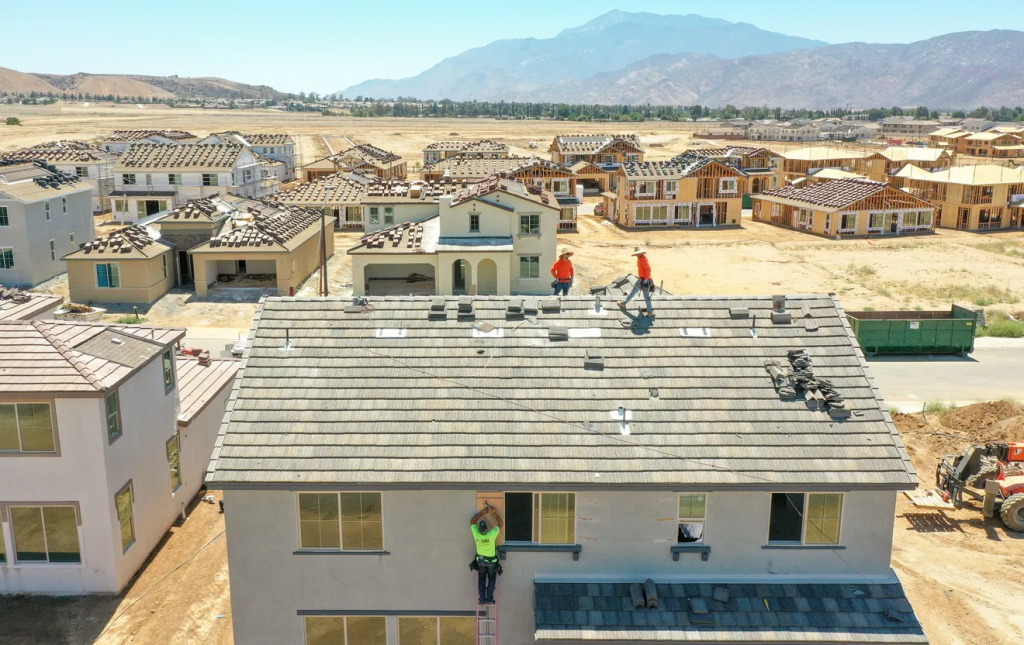Infill Housing & Conservationists Finally Team Up
AB 68 represents long overdue legislation on where California should and shouldn’t grow

A major new piece of housing and climate legislation was introduced in California this month, and it’s been a long time coming. AB 68 (Ward) finally sets forth a powerful template for where the state should encourage new housing and where it should avoid planning for more, based on climate and environmental hazards. It represents the culmination of a long-sought alliance between major housing advocates like California YIMBY and conservation groups like The Nature Conservancy.
So where should the state build more housing, according to AB 68? It defines those places in the following “climate smart” ways:
- In a high or moderate income area, as defined by state affordable housing tax credit maps, to prioritize more housing in high-opportunity and well-resourced areas and minimize displacement of low-income renters
- Within 1/2 mile of major transit or an area where residents drive below-average distances on a per capita average, in order to reduce overall driving miles in the state
- Within a mile of a cluster of at least six types of locations like restaurants, bars, coffee shops, supermarkets, parks and hardware stores, among others, to ensure rural and exurban infill areas aren’t left out, as well as places without access to transit.
If a housing development is proposed in these areas, the project gets “ministerial” approval (i.e. exempt from environmental review), and a local government cannot limit the development beyond any of the following:
- Setback greater than four feet from any side
- Height limit less than 50 feet
- Maximum lot coverage of less than 60 percent
- Minimum parking requirement
- Floor area ratios (i.e. the building’s total floor area in relation to the size of the lot/parcel, indicating overall density) less than 1.0. to 1.5, depending on criteria met
There are additional requirements to protect existing affordable housing and ensure consistency with SB 375 plans, among others.
And where should planning for denser development in the state be limited? AB 68 describes these “climate risk lands” as within high-severity wildfire and flood zones, or having a sea level rise risk according to the latest science. They also must be not currently zoned for housing or have existing urbanized communities on them.
In these areas, local governments cannot increase existing housing densities or allow subdivisions, and they cannot approve any extension of water or sewer services, unless certain exceptions can be met, such as an approved housing element and a statement of housing necessity, among other conditions.
In short, AB 68 finally provides the much-needed, legislatively endorsed map for where the state should grow and where it should avoid putting more people into harm’s way. If successful, AB 68 will arguably be the single biggest climate bill that the state has passed in over a decade, given the centrality of land use and housing to meeting our climate goals. The fight to pass it will not be easy, but AB 68 has a powerful coalition to support it, along with a well-conceived solution to the state’s urgent and related challenges of climate and housing.
Reader Comments
3 Replies to “Infill Housing & Conservationists Finally Team Up”
Comments are closed.





Thanks, but no thanks.
As I’ve previously stated, it is basically getting to be unethical to talk about “transit” in regard to LA (which is where you-all are trying to shove most of this alleged new housing).
It’s not a thing here. I don’t know if it will ever be a thing here.
I know it is disappointing, but this is just not realistic planning. It is wishful thinking.
How many people even work at the Nature Conservancy? Who’s on their board? How did they all vote? (Don’t worry, I’ll google it.)
I am not impressed at all by this kind of thing. It reminds me of when the NRDC tried to help someone build a stadium in downtown LA. It’s just not a good look for these groups.
If you really want to try to make California more green, it seems to me that it would make more sense to try to put the major advances within reach of ordinary people. Things like solar panels and electric cars. Heat pumps I guess. Retrofitting of buildings. White roofs. Trees …
Trying to micromanage where people live isn’t going to get you anywhere, I think. This does not seem like a good use of legislator energy.
The board seems to have significant corporate membership. That doesn’t mean they aren’t all lovely people. It does mean though that they may tend to be sympathetic to, for example, real estate developers.
Well, real estate developers do not need help here in California. They are not an oppressed or powerless group. They’re doing just fine. I’m sorry but all of these bills are nonsense.